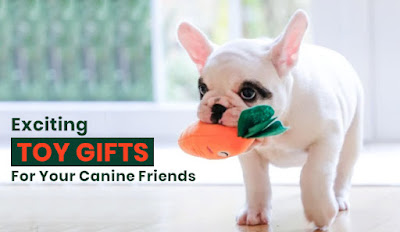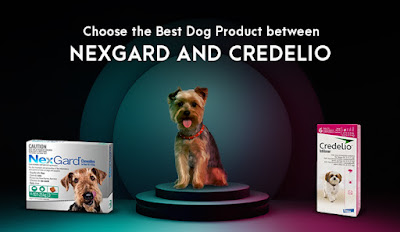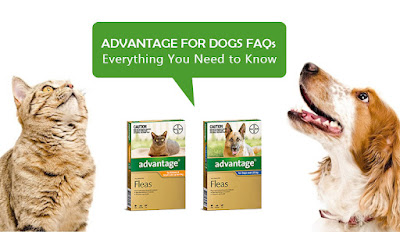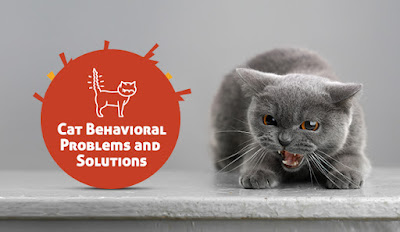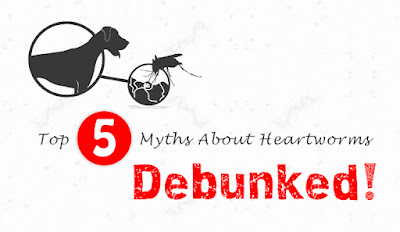Like humans, most dogs cough when they feel something stuck in their throats. It is to remove that unwanted particle, but sometimes it is not just something that’s stuck. Sometimes the cough is the reason for serious illness. To know which cough should be ignored and which should be taken seriously is crucial; keep reading to find out!
Types of coughs
Dogs may cough because of many reasons. If it persists for two or more months, it may be a chronic condition and if it lasts for a shorter time, it is known as acute cough. Acute coughs should not be worried about, whereas the ones you have to watch out for are chronic coughs. During such situations differentiating between the cough sounds can be of great help; which are listed below,
- A persistent dry or hacking cough that sounds like your dog is trying to dislodge something from the throat is a dry cough.
- A wet cough that sounds similar to gargling is a moist or wet cough.
- A dry cough that sounds like a goose is a honking cough.
- When your dog gags while coughing, it is the gagging cough.
These are different types of coughs you might notice in your dog according to the condition they are going through. If you observe breathlessness, abnormal breathing patterns, wheezing, or low energy, it might be a cause of some serious health issue and a visit to the vet is necessary at this point.
Common causes of cough
When the coughing of your dog becomes frequent, it becomes crucial to give your vet a visit. Some of the common reasons for your dog’s cough are listed below.
- Foreign body
- Tracheal collapse
- Allergens
- Kennel cough
- Heartworm disease
- Parasites
- Canine influenza
Out of all of these the most dangerous is heartworm disease. This is caused due to infectious worms that prevent the heart from pumping out blood and can be fatal if not treated on time. A soft, dry, and persistent cough is the one of the first signs of heartworm; so if you notice such coughing in your dog, get them tested.
What is heartworm?
Heartworm is a deadly disease transmitted by mosquitoes. As the name suggested, these worms affect the heart of the infected animal. It is transmitted when an infected mosquito bites a healthy host, the dangerous heartworm larvae enter their bloodstream and from there travel to the heart. The worms cause inflammation and cause damage to the heart, arteries, and lungs. Some of the symptoms you may notice if your pet is suffering from the heartworm disease are: dry, persistent cough, lethargy, inactivity, reduced appetite, weight loss, panting, difficulty breathing, seizures, or fainting.
How to prevent heartworm?
Treatment of heartworms is a long and expensive process; it might be painful and sometimes have no guarantee of completely curing your dog. This is why, while dealing with heartworms, the best treatment is prevention. If you give your pet regular treatment for heartworm prevention, they will have fewer chances of contracting the infection and even more chances of recovering if at all they might get infected.
There are a lot of products available on the market that aid heartworm prevention, some of which include Heartgard Plus Chewable for Dog, Interceptor Spectrum Tasty Chews for Dog, Sentinel Spectrum Tasty Chews for Dog, Nuheart For Dogs, and Valuheart Heartworm Tablets for Dog. These are some of the best-known brands for heartworm prevention in dogs.
At the end of the day,
We only want the best for our four-legged friends and wish to keep them healthy. So, along with giving your pet’s regular treatments, keep the environment clean and mosquito-free. The best management of heartworm disease is to look out for the symptoms and give regular treatment along with yearly check-ups from your vet. Clean environment will also cause fewer allergic reactions, thus reducing many reasons that cause coughing in your pet. Paying attention to your dog’s cough always helps them feel better.

